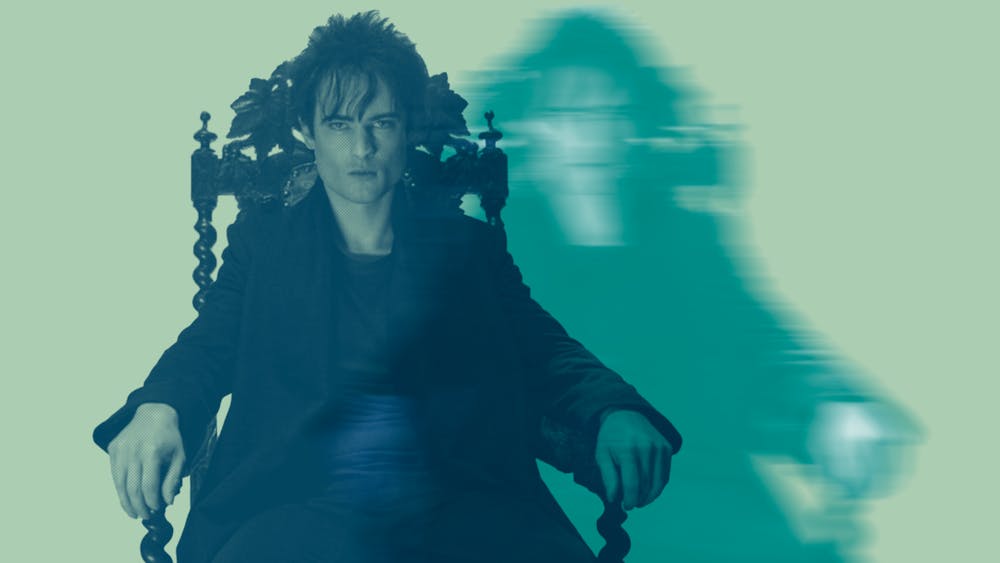After decades in development hell, Neil Gaiman’s “unfilmable” magnum opus, The Sandman, has finally reached the small screen as an 11-part television series on Netflix. The Sandman is an ultra-faithful adaptation of Gaiman’s evocative, cerebral, and critically-lauded The Sandman comic book series beginning in 1989. Under Gaiman’s guidance as an executive producer and writer, the show is a near replica, regurgitating precisely what lies on the page of the comic. Yet, the show suffers from its loyalty, as it takes few creative liberties when it should feel free to rework Gaiman’s original words. With all of its consistencies, The Sandman lacks a pulse, as its writing reflects the comics’ own meager pacing.
The show throws you immediately into the trenches of a complex yet fascinating world. Dream is one of the seven Endless siblings, powerful non-human creatures, which also includes Desire, Death, and Despair. After Dream is captured for 106 years, he sets out to restore his realm, the Dreaming, which has fallen into chaos over the course of his absence.
Netflix promised to deliver a sprawling universe that rightfully serves justice to the comics, and it’s a promise they nearly manage to keep. First, the gothic production of the comics translates beautifully to the screen; each member of the standout cast including Tom Sturridge as Dream, Gwendoline Christie as Lucifer (The Sandman’s version of the Devil), and Kirby Howell-Baptiste as Death all give nuanced and powerful performances. The casting is also more diverse than the comics, which adds to the show’s appeal.
The show’s finest hour comes in episode six, “The Sound of Her Wings,” which pulls from two of The Sandman’s most beloved, transportive, and durable issues: “The Sound of Her Wing” and “Men of Good Fortune.” Dream joins his sister, Death, as she accompanies the deceased to the afterlife. Here, Death encourages Dream to visit an old friend: Hob Gadling. A series of flashbacks ensue, and Dream and his sister grant immortality to Hob; Dream and Hob continue to meet on the same night at the same pub every 100 years.
The episode demonstrates that The Sandman works best as an anthology, as its themes of the ever-changing and often chaotic nature of humanity should not feel confined to the limitations of an overarching, serialized arc. Unfortunately, The Sandman still shoe-horns a series-wide plot line into its self-contained episodes.
Adapted from The Sandman’s Volume Two ‘The Doll House,’ episodes seven to ten are much more serialized than their predecessors. Following Rose Walker, a woman with a unique relationship to the Dreaming, these episodes have an entirely different arc from episodes 1-6, which are adapted from Volume One, Preludes & Nocturnes, which follows Dream as he tries to find his lost objects of power. The decision to merge the two volumes into a single season is a bold decision, likely resulting in shock to any casual viewer without knowledge of the comics. Ultimately, this merge of volumes is a failure, due to no lead-up to new characters’ storylines and undeserved character development.
Regardless of its intrigue, The Sandman brings little to the table, and it is disappointing for fans who thought the show might explore more of Gaiman’s world—or, at least, patch up its shortcomings. An adaptation of Gaiman’s intricate, interweaving narrative was always a far–fetched fantasy, a dream that staggered and stumbled its way to the small screen. Like most dreams, we’re prone to forget it.







